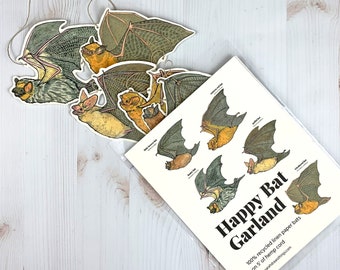





NOTE: This page is for all who are interested in learning, but it may contain material that is over younger ones' heads.
What are bats, and why are they important?
All bats are members of the Chiroptera family, which directly translates to the Greek term for "hand wing". This is because, much like our own hands, a bat's wing is made up of finger bones — The difference is that their fingers are much longer, and have skin stretched between them!
Throughout history, many people have feared bats due to lack of understanding and cultural shunning. For decades, bats of all kinds have been associated with demons and evil deeds or diseases, when really bats are very beneficial to their respective environments. If you are viewing this site from the United States, what we have here are primarily insect-eating bats. Insectivorous bats serve as a great benefit to many, especially farmers! According to the US Forest Service, one bat can eat as many as one thousand insects in a single hour during the night. These natural pest solutions cut down on the cost of using pesticides and save farmers from many damaged crops. If you are viewing this page from outside of the US in places like Europe, you most likely have fruit bats and natural pollinators. Species like the epauletted fruit bat (Side note: that's what species Stellaluna is!) eat fruit such as guava, mangos, and figs. As they eat, they spread seeds either by dropping them or passing them through their waste. They are one of Earth's most notable mammal pollinators!

But if bats are so great, why do we treat them so badly?
Bats, unfortunately just like all creatures, are prone to collecting stereotypes. We fear what we do not understand, and when we trust this fear, we look to media for answers. As early as 1314, a connection was made between bats and Satan by stating that the devil's wings were not feathered, but more akin to that of a bat's form. From there, and several other instances, assumptions were made — That bats are evil, disease-ridden creatures. Many have been killed for this stereotype.
But, of course, this is not the case. Bats are just like any wild animal and deserve to be treated with respect. The rumor that consuming bats is the cause of the COVID-19 virus is unconfirmed and its true source remains unknown. While the notion of contracting rabies from a bat is certainly a troubling one, less than 1% of bats are carrying the virus, and they usually die rather quickly. Make no mistake, though; if you find a bat on the ground or within your home, call your local wildlife conservation. If you suspect you have been bitten or scratched, call your county's health department.
What hurts bats?
Bats are affected by numerous predators in the wild — Owls, hawks, snakes, and sometimes raccoons to name a few, but a large threat to their population is very simple: Humans.
Humans have a bad habit of taking crucial resources from bats. In the United States, bat guano was highly sought after and utilised for the Civil War. Bat excrement consists of mainly saltpeter, which is a large part of making gunpowder, so it's no wonder — It was being used to power weapons to fight in the war. This harvesting, however, was an especially devastating impact for bat populations. Bats will often abandon their roost when disturbed, and with the damage made to their environment, many colonies were displaced amidst the unwelcome visits. This became such a notable problem that eventually legal restrictions were planted on the harvesting of bat guano. When taking away habitats as we do to make room for companies and corporations, we harm areas where entire families are trying to grow. Additionally, taxidermy markets intentionally kill bats for the purpose of display. Any taxidermy bat you see for sale is most likely a product of unethical trophy poaching.
Apart from predation and habitat loss, North American bats are suffering a large crisis from illness known as White Nose Syndrome. White Nose Syndrome (WNS) is a fungal infection which grows on hibernating bats and causes them to wake when they should not. This often depletes their fat reserves made for the winter, and causes the bat affected to die from starvation, dehydration, and exhaustion. As stated by Washington Department of Fish and Wildlife, millions of the bat population have been killed due to WNS, and it can wipe out up to 100% of a colony population, as it spreads rapidly.

What helps them?
While there's no cure yet for WNS, humans are trying hard to make up for our past mistakes in the way of conservation. There are excellent resources all over the globe dedicated to protecting wildlife, and many are listed on this very website! The best thing you can do to help bat populations stay alive is donate to these great organizations. Many of them are nonprofit, and they rely on generous hearts to keep running! Enjoy the wonder of bats, keep them wild, and keep them alive.










